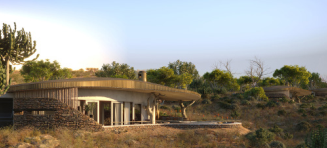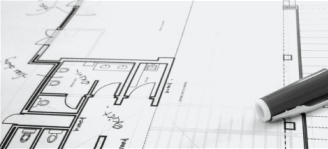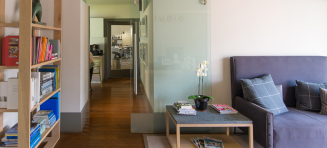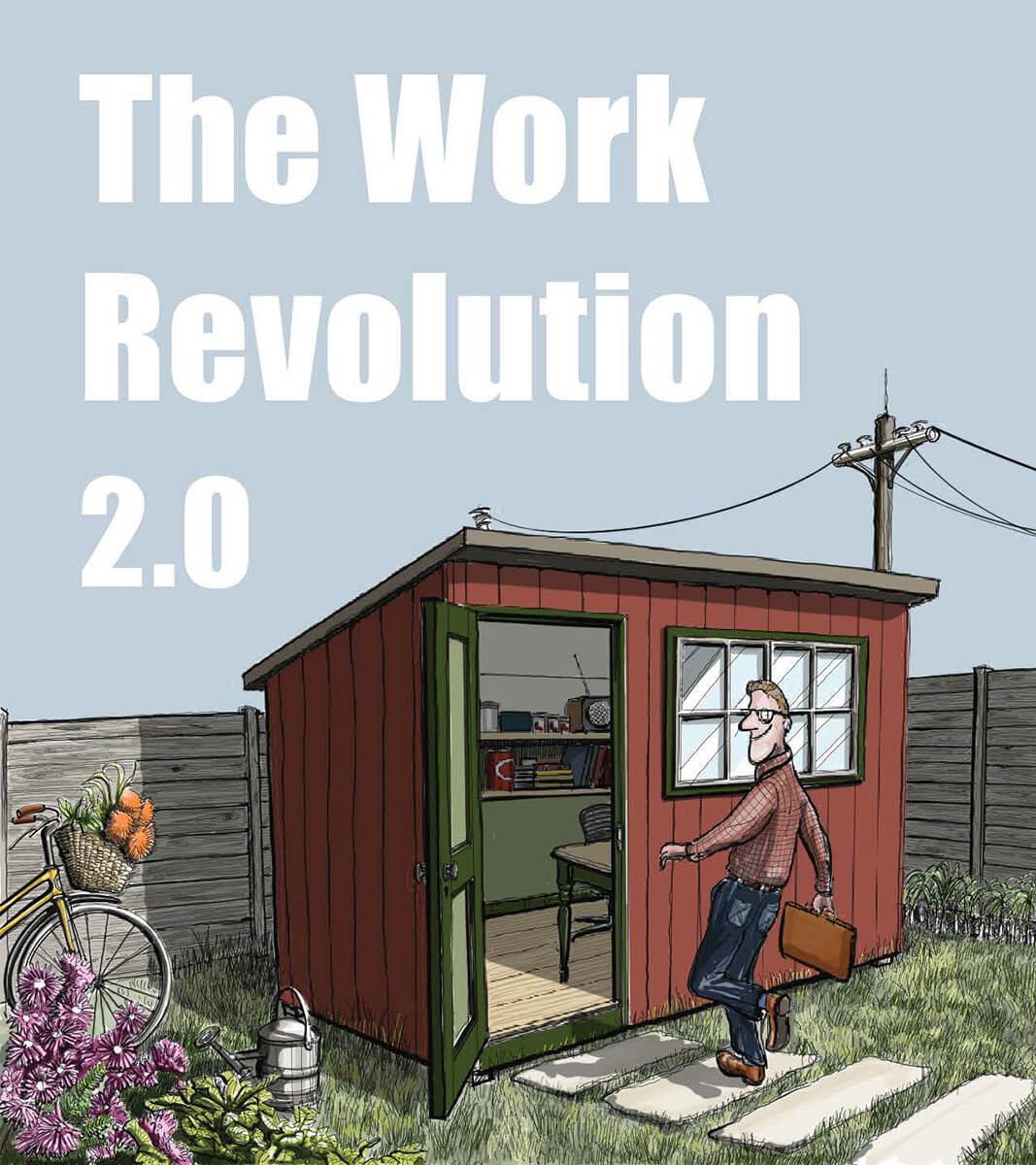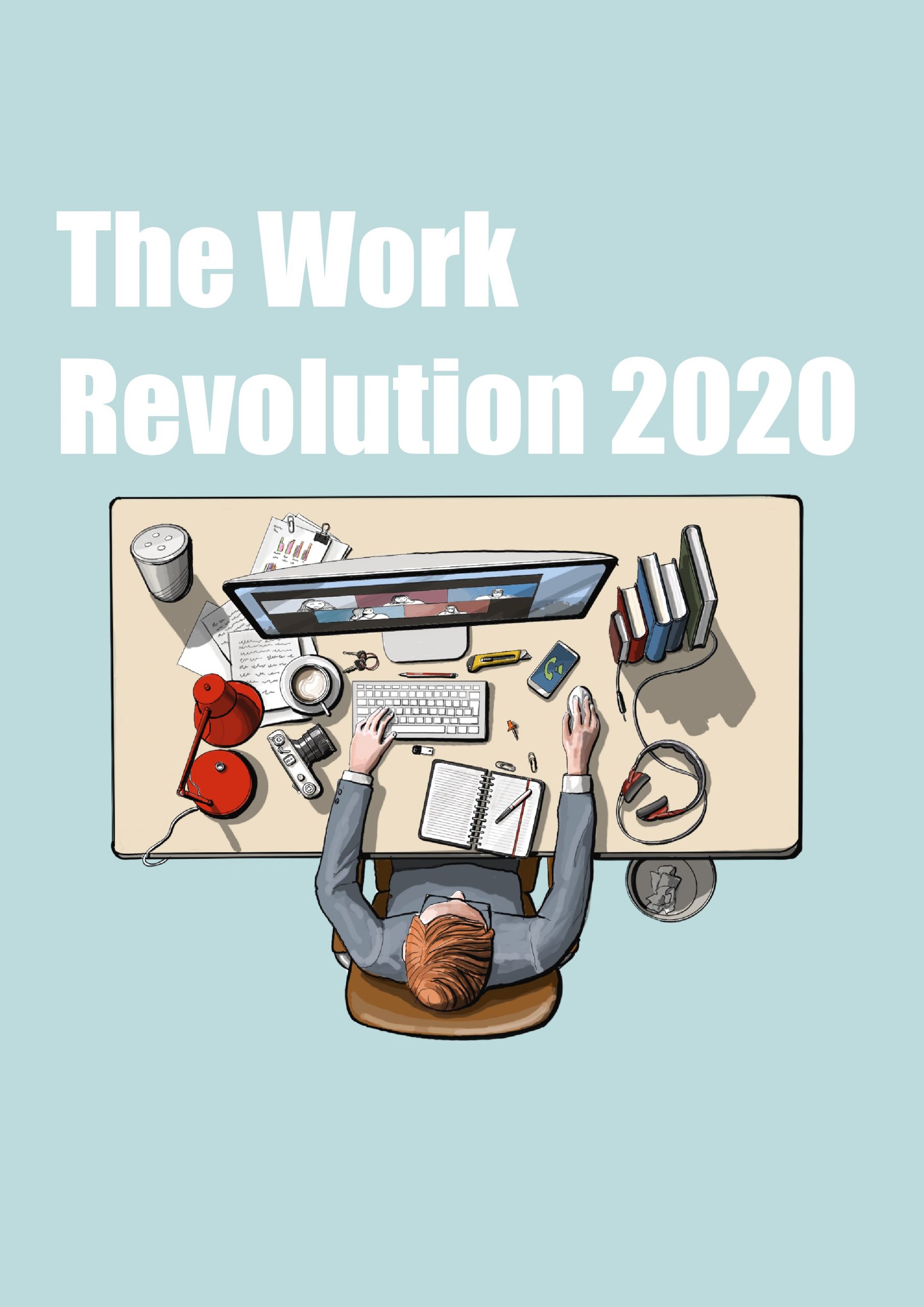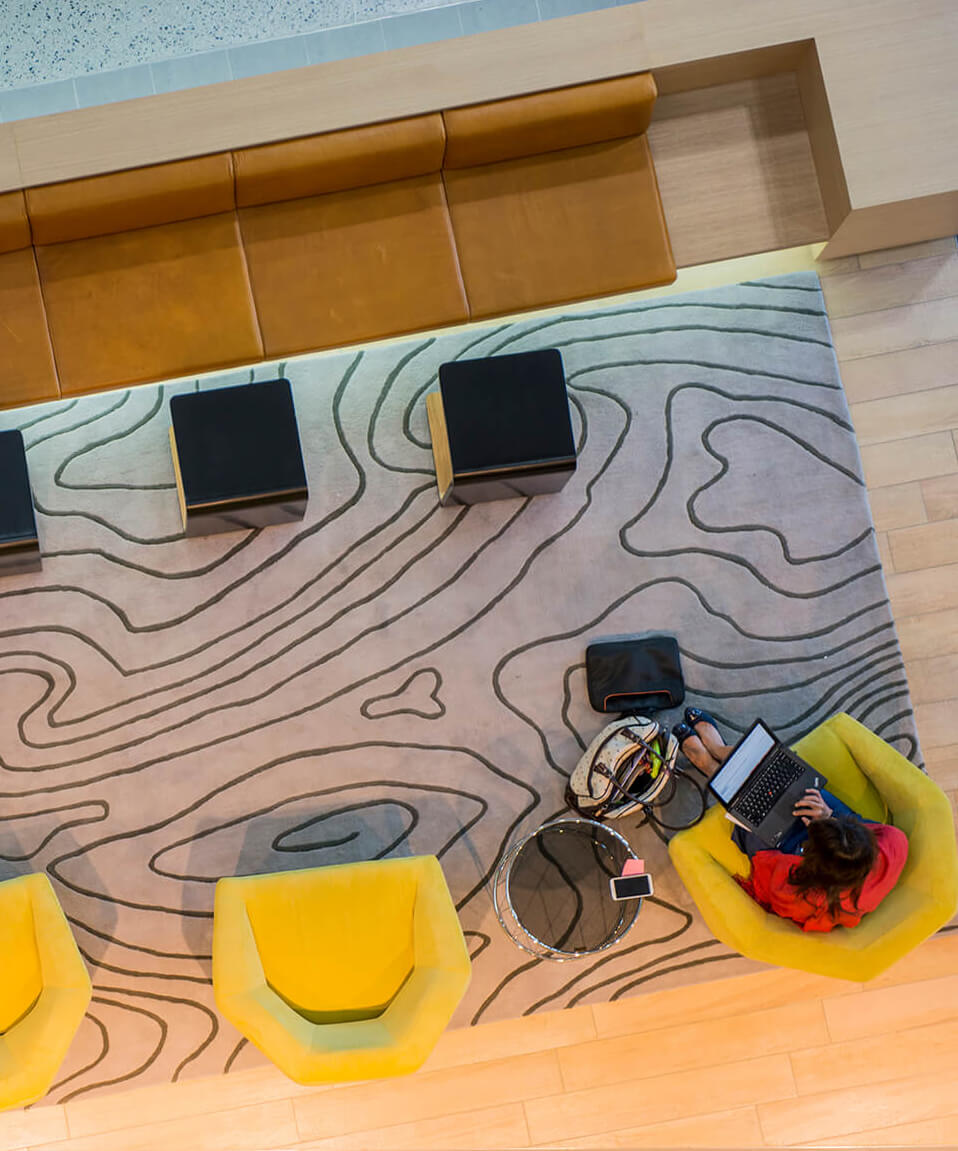Work, the Greeks, like the Hebrews, regarded work as a curse. The Greek word for work: “Ponos” meant sorrow. I think some modern office workers would agree with this definition.
Philosophers such as Plato & Aristotle made it clear that the purpose for which the majority of men laboured was in “order that the minority, the elite, might engage in pure exercises of mind – art, such as philosophy and politics.”
Most work in pre-industrial Europe and North America was predominately agriculturally based and any industry or work was being done in homes or workshops that were attached to homes. So there was little distinction between place of work and home. With the growth of sea fairing trade and large complex organizations, such as the East India Company, the first purpose built office spaces were constructed as the companies recognized the benefits of centralized administration.
The advent of the industrial revolution led to an explosion of change, mass urbanization, population growth, innovation, dissemination of diverse ideas and the method of work changed to production lines where machines and many hands made goods on mass, replacing individual skill and craftsmanship. This led to dramatic growth in size and complexity of industry and to manage transactions a large number of clerks were needed to handle order processing, accounting and document filing. The birth of desk bound work had begun. The relative high price of central land of ever growing cities led to the first multi-story buildings which were limited to about 10 stories until the use of iron and steel allowed for higher structures. The invention of the safety elevator by Elisha Otis in 1852 saw the rapid escalation of upward buildings. By the end of the 19th century large office buildings frequently contained large glass atriums to bring natural light into the buildings core and improve air circulation.
The second industrial revolution introduced another wave of change due to the discovery of oil refinement, the internal combustion engine and the telegraph. Industrialization gathered even greater impetus and levels of sophistication, due to better communication and transport technology. An example of this is in Sears Roebuck and Co (the 1906 version of Amazon) had opened their mail order operations office in a 280 000m2 building in Chicago, at the time the largest building in the world. It is one of the first examples of a modern day campus, similar to a Google Campus with cafeterias serving 3 meals a day, own hospital, volunteer fire department, flower gardens etc. and with most employees living a short walk away.
The principles of the Time and Motion study pioneered in manufacturing by F.W. Taylor and well executed by Henry Ford was then applied to the office. Office workers were divided up like a production line and the idea that managers needed to play an active role in directing subordinates work took hold. The Equitable Life Insurance Company introduced the “Modern Efficiency Desk” with flat top and drawers below, designed to allow managers easy view of workers. This led to demand for large square open footages per floor buildings with manager’s offices on the perimeter or often looking down on the large admin/ typing pool e.g. Johnson Wax building
The office environment in the 20th century continued to evolve alongside changing trends in business management, social changes and new technologies, the most profound being the personal computer. However, for the most part, work itself in the 20th century remained unchanged as most worker’s tasks, business practices etc. were routine and predictable. Most importantly in the 20th century the office came to define work and not place.
However, the nature of work has changed drastically in the 21st century. The internet, mobile devices and access to data on the cloud mean that for many workers you no longer need to go to an office to do your work, you can do it from a coffee shop or from the comfort of your home. Work no longer refers to an “office” or an activity that is confined to the hours of 8-5, but work is now something which bleeds and blurs into every part our life. Work and life, the activities and places in which either happens are increasingly blurred and layered.
The story of work is exactly that, a story, in that it has changed over time…
Now with a world that is changing so fast and is increasingly interconnected and interdependent, the places where people can come together to connect and work matter more now than ever before. We as designers need to ask the questions:
- What are the best places and spaces for varied work and a complex changing world?
- What will the reality of work be in 5 or 10 or 20 years from now?
- What will the next chapter in the story of work look like?
- And what will the environments that support work look like?
- Where does the STORY OF WORK continue to from here?

